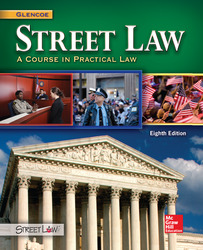1 A) The defendant acted intentionally to cause injury. B) The defendant's attitude violated that duty. C) The defendant's conduct was a cause in fact of the harm to the plaintiff. D) The plaintiff suffered actual injuries or losses. 2 A) Yes, because by being drunk the dentist violated the duty to act with reasonable care. B) No, because the dentist did not cause any injuries or losses. C) Yes, because the dentist had a duty to act with reasonable care which he failed to do. D) No, because Marian did not realize the dentist was drunk. 3 A) When there is a special relationship between the plaintiff and defendant. B) When their failure to act is unreasonable. C) When their failure to act is immoral. D) When the defendant could have acted without harm to their own interest. 4 A) what the typical, average person would do B) what the ordinary, prudent person would do C) what the ordinarily prudent lawyer would do D) lawyers cannot be sued for negligence 5 A) reasonable standard that applies to adults B) reasonable standard that applies to minors of the same age C) reasonable standard that applies to minors of the same intelligence D) reasonable standard that applies to minors of the same experience 6 A) is the cause in fact of the man's injuries. B) is the proximate cause of the man's injuries. C) did not cause the man's injuries. D) foreseeably caused the man's injuries. 7 A) to deter people from acting negligently B) to restore plaintiffs to their pre-injury condition C) to penalize the defendant for acting negligently D) to console the plaintiff by giving them money 8 A) only win a portion of the costs to restore them to a pre-injury condition. B) not win any damages. C) win damages for all their economic injuries. D) win damages for all their economic injuries and non-economic losses. 9 A) Jenica will not recover any money from Noah. B) Jenica will recover $30,000 from Noah. C) Jenica will recover $70,000 from Noah. D) Jenica will recover $100,000 from Noah. 10 A) plaintiff assumed the defendant would act reasonably. B) plaintiff knew of a risk but decided to accept the risk. C) defendant assumed the plaintiff would be careful. D) defendant knew of a risk but acted unreasonably.





